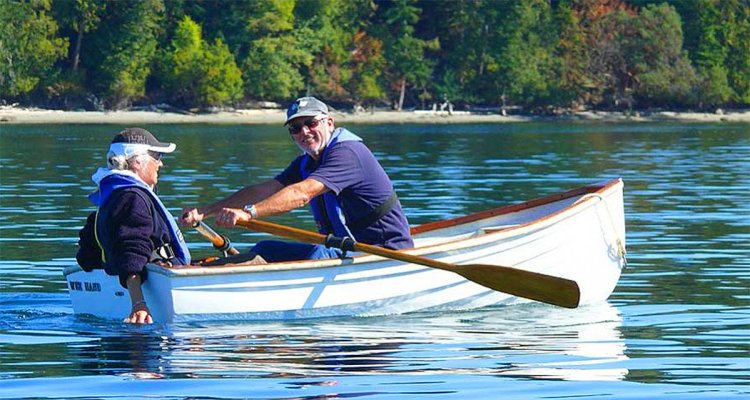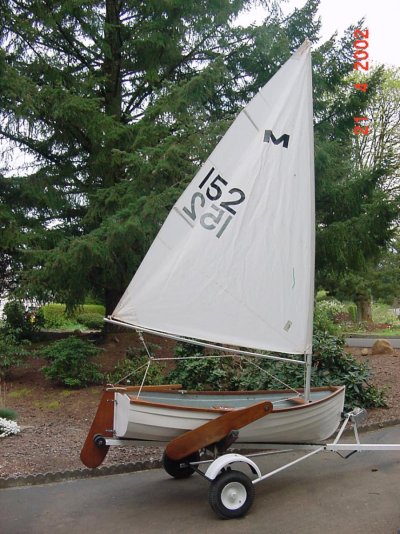Nomad Willy
Guru
Marin it only takes a few minutes to install a hull bottom drain plug. Readily availible at marine hardware stores. I put one in the yellow dink ... a propper bronze fitting.
Steve I was wondering about the drain on your Dink tilted up like that.
Janice,
Your minimalist ways are really very interesting. When you made your first post on TF did you imagine soon there would be hundreds of guys hang'in on your every word? There are you know.
Steve I was wondering about the drain on your Dink tilted up like that.
Janice,
Your minimalist ways are really very interesting. When you made your first post on TF did you imagine soon there would be hundreds of guys hang'in on your every word? There are you know.




